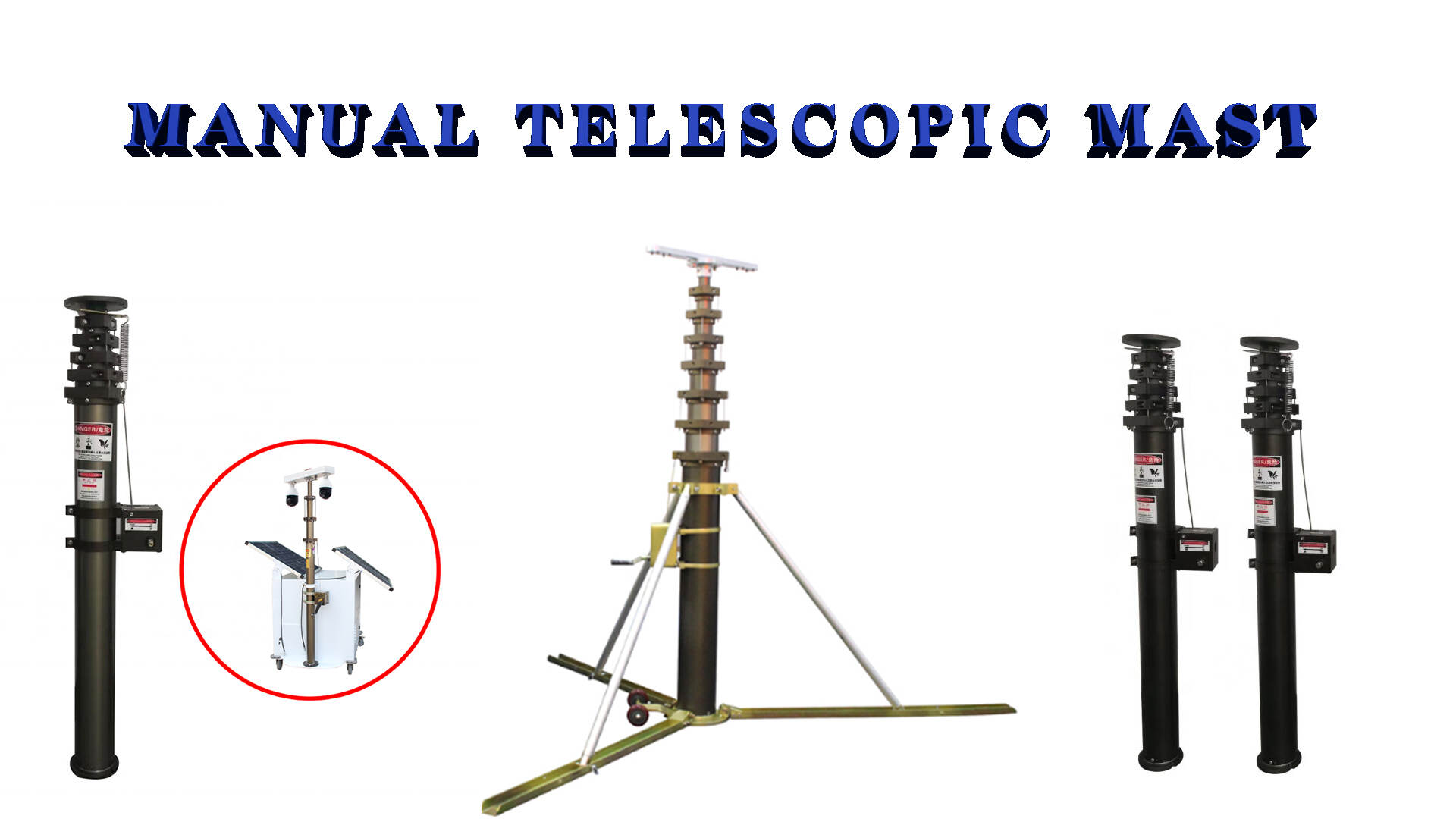Manually Extendable Poles: Innovative Applications and Future Trends
June 06,2023
Manually extendable poles, also known as telescopic poles or extendable arms, have been around for quite some time. They are widely used as a support and extension tool in various industries such as construction, painting, cleaning, and photography among others. However, with technological advancements and innovative thinking, new and exciting applications of manually extendable poles are emerging. In this article, we will explore some of these new applications and future trends for manually extendable poles.
New Applications
1. Smart Grid Inspection
Manual extendable poles can be used to inspect utility poles, which are usually high and difficult to reach without a lift or a bucket truck. This involves attaching a camera or a measuring device to the pole to collect data while the pole is extended up to the necessary height.
2. Aerial Mapping
Manual extendable poles can be used to conduct aerial mapping in areas that are hard to reach. This involves attaching a camera or a sensor to the pole and extending it up to a certain height to capture images or measure data.
3. Wildlife Research
Manual extendable poles can be used in wildlife research to collect data or perform observations. For instance, a camera can be attached to the pole to capture images or video of animals in a particular habitat.
4. Archaeological Excavation
Manual extendable poles can be used in archaeological excavation to explore hard-to-reach areas. This involves attaching a camera or a sensor to the end of the pole and extending it into the excavation site to provide real-time data.
5. Design and Construction
Manual extendable poles can be used during the design and construction process to provide a better view of the site and its surroundings. This involves attaching a camera or a sensor to the pole and extending it up to a certain height to capture images or provide data.
Future Trends
1. Automation
With the development of robotics and automation technologies, manually extendable poles are expected to become automated in the future. This means that they will be able to extend, adjust and retract without human intervention. This will make them more efficient and reduce the risk of injury or accidents in industries that require the use of extendable poles.
2.Lightweight Materials
As the demand for manually extendable poles increases, manufacturers are exploring the use of lightweight materials such as carbon fiber and aluminum to make the poles more portable and easier to handle. This will make them more accessible to a wider range of industries and applications.
3.Integration with Smart Devices
Manual extendable poles are expected to be integrated with smart devices such as smartphones and tablets in the future. This will allow users to control the pole remotely and access real-time data and images from the attached camera or sensor.
4.Improved Durability
As the demand for manually extendable poles increases, manufacturers are expected to improve the durability of the poles to withstand harsh environments and heavy usage. This will make them more reliable and cost-effective in the long run.

In conclusion, manually extendable poles have come a long way since their inception and are now being used in a variety of industries and applications. With the development of new technologies and innovative thinking, the future of manually extendable poles looks promising. From automation and lightweight materials to integration with smart devices and improved durability, the possibilities are endless.